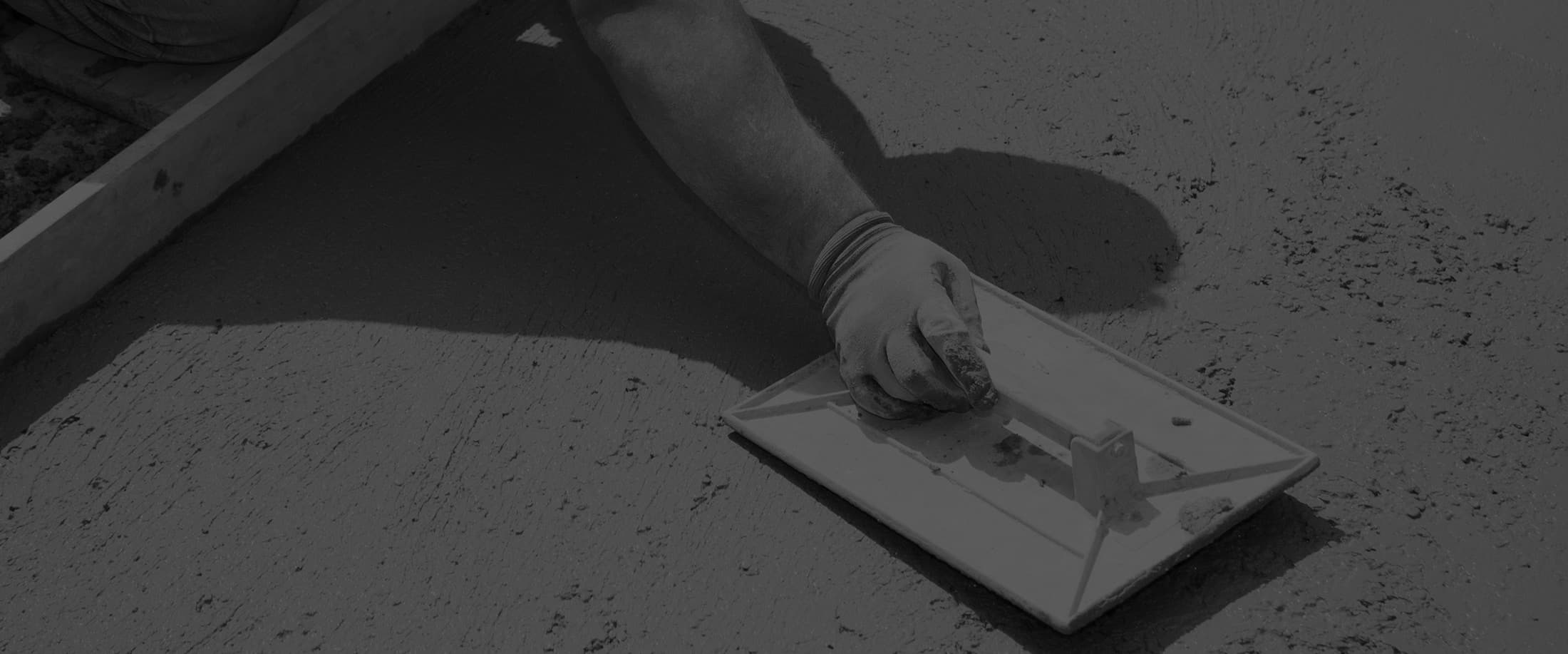
In this case study, we will examine how Eden Sidewalk Contractors NYC fulfilled the replacement requirements for the damaged sidewalks adjacent to 318 Clifton Palace, Brooklyn, NY. This concrete structure adjacent to the residential property required complete sidewalk replacement due to extensive damages, including raised sections, existing patchwork, deep cracks, and damaged expansion joints.
Background
Safe sidewalks are crucial to maintaining accessibility and avoiding tripping hazards, especially among disabled people, the elderly, and children. In addition to the safety benefits, damage-free concrete also enhances the overall aesthetic appeal of the property.
In the case of the pathway adjacent to 318 Clifton Palace, extensive damage to the 12 concrete slabs in front of this two-family house didn’t only pose a safety threat but also led to a DOT violation notice.
To efficiently address this issue, Mr. Smith, the property owner, took immediate action by reaching out to the professionals at Eden Sidewalk Contractors NYC The aim of resolving the issues with this Brooklyn sidewalk was to address the existing violations and meet city regulations.
Issues Identified
Upon preliminary inspection, three main damages to the sidewalk were identified, which led to the decision of a complete sidewalk replacement.
- Raised Sidewalks: This issue was previously addressed using the patching method of grinding the raised surface. However, this method violated DOT regulations, as grinding weakened the existing concrete and led to uneven edges.
- Long and Deep Cracks: Due to extreme weather conditions and the use of poor-quality concrete, deep cracks appeared on the sidewalks, allowing water to seep into the soil. It has deteriorated and surfaced further during the freeze-thaw cycle.
- Damaged Expansion Joints: The reason for installing expansion joints is to accommodate the natural movement of concrete but due to the cracks in the expansion joints, water seeped through them, causing water pooling.
Permit Acquisition
A permit for broken sections of concrete sidewalks was applied after assessing the condition of the damages. After receiving the permit, we had one month to schedule the replacements.
Replacement Process
Based on the issues identified, the following replacement requirements were necessary:
- Managing Pedestrian Flow:
Damaged sidewalks were sealed using yellow tape before starting the construction project and signage for sidewalk repair was placed to ensure pedestrian detours and public safety.
- Removal of Damaged Concrete
The existing grinding patches and 12 extremely damaged sidewalk slabs were completely removed using jackhammers and specialized concrete removal equipment.
- Subgrade preparation
Preparing the subgrade before pouring the concrete for new sidewalks was essential; with subgrading, the foundation beneath the sidewalks was completely compacted and leveled to ensure proper support for new concrete.
- New Sidewalk Installation
4000 PSI ready-mix concrete was used to install new sidewalks. Selecting concrete for this construction project was essential, as it is not only durable but also blends seamlessly with the adjacent sidewalks.
While installing the sidewalks, we ensured that they were ADA, had a texture for slip resistance, and met the specific slope and width requirements.
- Expansion Joint Installation
After pouring the concrete and smoothing it out, we installed the expansion joints using pre-molded rubber or compressible cork. After installing the expansion joints, they were filled with SI caulking to enhance the structural integrity.
- Curing and Finishing
After installing the new sidewalks, the concrete was left to heal for 42 hours. To maintain the moisture content in the cement, it was covered with wet burlap. After curing, we cleaned the concrete.
- Inspection and Sidewalk Violation Removal
Once the concrete was all dried up, NYC DOT was contacted for final inspection of the newly installed sidewalks. After inspection, the Department of Transportation removed the violations and sidewalks are now safe to use for everyone.
Successful Project Completion and Client's Review
Addressing the sidewalk cracks, damaged expansion joints, and patch work made them accessible and in compliance with city regulations. Immediate actions taken by Mr. Smith minimized the risk of tripping hazards for pedestrians of all ages and abilities.
“I am extremely satisfied by the job Eden Sidewalk Contractors NYC performed and modified the damaged concrete outside my property,” said Mr. Smith.
Now the sidewalks didn’t only look good aesthetically but they also enhanced the aesthetic appeal of the property.
Conclusion
The Sidewalk repair project at 318 Clifton PI addressed the safety concerns of damaged concrete surfaces and improved overall safety. By following a well-defined plan, Eden General Construction Inc. adhered to the city regulations and the client's requirements. The end results of revamping 20 feet of sidewalk were promising and approved by the Department of Transportation.





